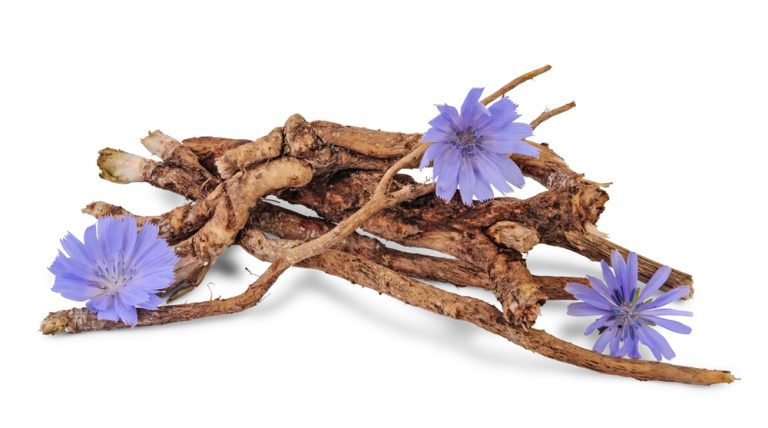Chicory is mainly added to salads, but it tastes equally good when stewed or baked. Although it appears brittle and inconspicuous, it is an excellent source of vitamins, potassium, iron, magnesium, copper, zinc, and folate. Additionally, chicory is perfect for people who are slimming, because it has little calories. How to eat chicory?
Chicory - health properties
It is worth reaching for it, because it contains a lot of valuable ingredients, among others vitamins and minerals like sodium, potassium, magnesium, manganese, iron, copper, zinc, phosphorus, carotene and vitamins B1, B2, C and folic acid. Chicory owes a delicate hint of bitterness to the taste of the two ingredients lacticin and lacticrin, which additionally stimulate the appetite and have a good effect on the liver by stimulating it to excrete more bile. Chicory has a great health-promoting effect - it influences the formation of red blood cells, improves the functioning of the digestive tract (improves digestion) and kidneys.
Chicory also affects your beauty - thanks to the content of beta-carotene, it improves skin tone, and the vitamin A contained in it has a beneficial effect on the skin, rejuvenating it. Good news for those who care about the waistline, chicory is low in calories - one piece of it has only 30 kcal.
Chicory - where to buy?
It’s best to buy chicory at the fair. You can also get it in supermarkets and smaller shops. When choosing chicory, try to look for the whitest possible heads - the green leaves indicate that the vegetable has turned bitter when exposed to light. It is important to know that chicory is grown in the dark, so it owes its colour and flavour. The smaller the head of the chicory and the more adherent the leaves - the tastier and more expressive the taste. Wild chicory is green - it resembles lettuce.
Chicory - how to prepare chicory?
Chicory tastes best raw as an addition or the main ingredient of salads. It goes perfectly with vinaigrette sauce, as well as nuts, cheeses (gorgonzola, goat, parmesan, feta), fruit - apples and pears. It can be a decorative element of the table during a meeting with friends - chicory pieces filled with delicacies look very original. This vegetable also works well as an ingredient of casseroles or stewed dishes (e.g. with meat or other vegetables).
Before use, rinse the chicory in cold water, remove the top leaves and cut out a bitter scape. Most often we eat it raw - in salads. Firm heads are better for baking, but looser heads are good for salads. The leaves must be firm, crunchy and without a trace of brown spots.
We recommend some salad compositions with the addition of chicory:
- chicory, apple, celery, pickled cucumber, chives, mayonnaise and garlic sauce
- chicory, kiwi fruit, almond flakes, natural yoghurt, lemon juice, salt and pepper sauce
- chicory, apple, spring onion, cream and mustard sauce






